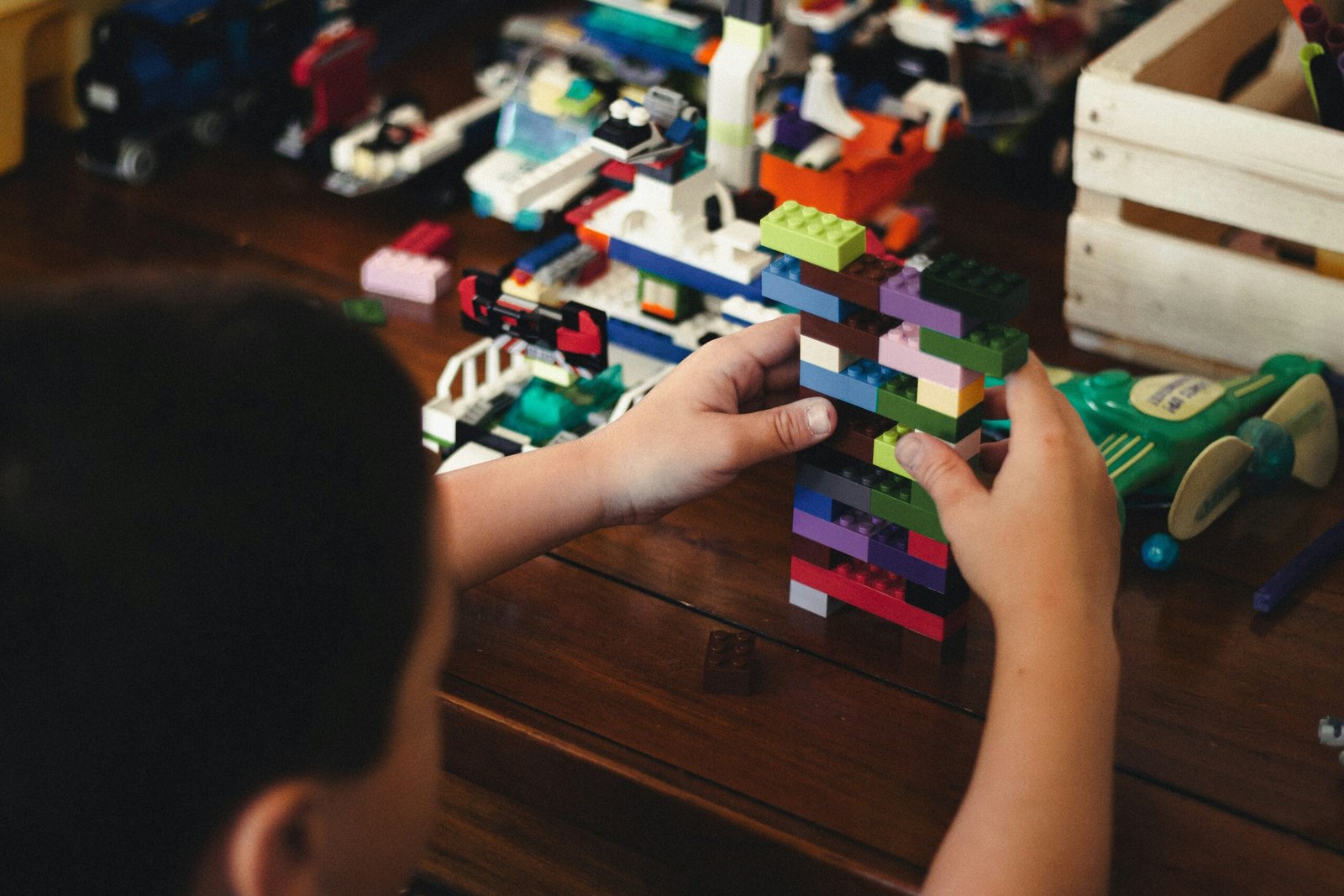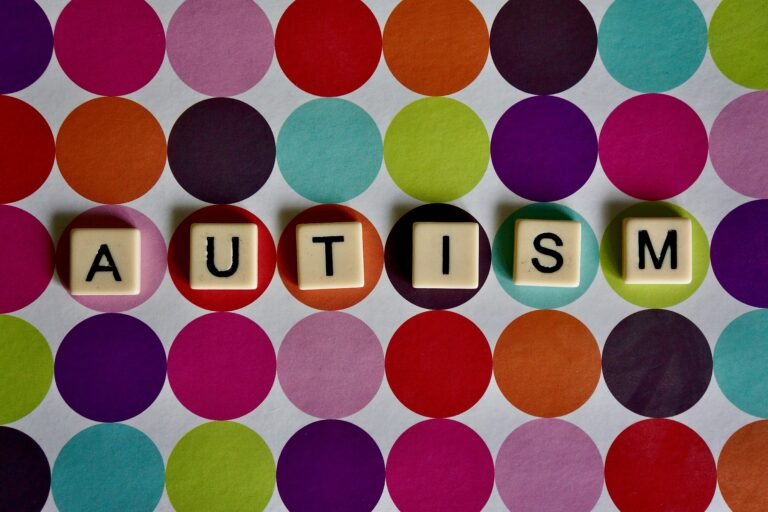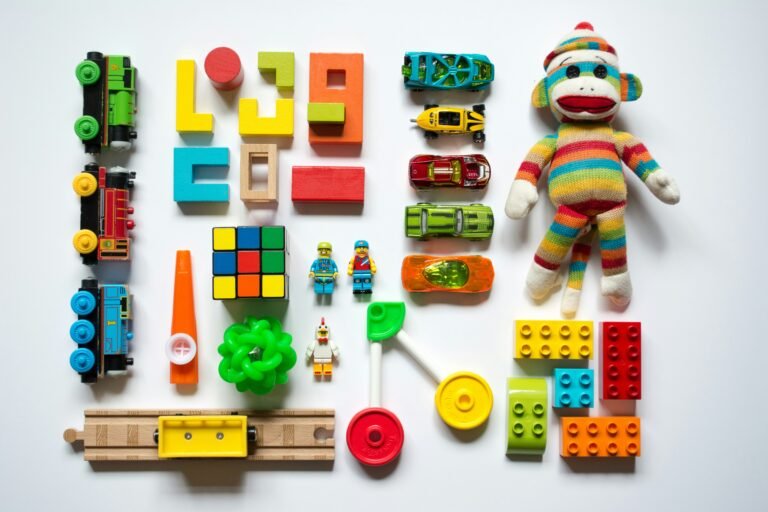Understanding, accepting, and moving forward with clarity and confidence
Receiving or even pursuing a developmental diagnosis for your child can be one of the most emotional and overwhelming moments in a parent’s life. The journey is often filled with questions, uncertainty, and mixed emotions. But you are not alone.
This guide is here to help you understand what to expect, how to prepare, and how to move forward with the right support.
Why Seek a Diagnosis?
If your child is showing signs of developmental delays, communication challenges, social difficulties, or behavioral differences, seeking a professional evaluation can be an important step toward understanding their needs.
A diagnosis does not define your child it helps unlock access to the right services, therapies, and support systems that can truly make a difference.
Common Diagnoses in Early Childhood
The diagnostic process may lead to one (or more) of the following outcomes:
- Autism Spectrum Disorder (ASD)
- Speech or Language Delays
- Sensory Processing Disorder
- Global Developmental Delay
- ADHD
- Learning Disabilities
Each child is unique, and not all challenges lead to a diagnosis but evaluation can provide valuable insights either way.
What the Diagnosis Process Typically Involves
- Initial Concerns
You or a teacher may notice developmental differences such as limited speech, difficulty with social interaction, or intense behaviors. - Consulting a Pediatrician
Your child’s doctor may refer you to a developmental specialist, psychologist, neurologist, or speech-language pathologist for further evaluation. - Formal Evaluation
The evaluation may include developmental screenings, behavior observations, parent interviews, and standardized tests. - Receiving the Diagnosis
The professional will review results and, if applicable, provide a diagnosis and recommendations for therapy and support.
Emotional Responses Are Normal
Many parents go through a mix of emotions shock, grief, relief, confusion, fear, even guilt. These are valid and natural responses.
Take time to process. Talk to others who’ve been there. Lean on your support system. And remember: this diagnosis does not change who your child is it opens doors to help them thrive.
What Comes Next?
Once a diagnosis is made, here are the next steps you can take:
- Learn about your child’s specific needs
Reliable information can replace fear with clarity. - Explore early intervention options
Services like speech therapy, occupational therapy, ABA, or special education can begin early. - Meet with professionals
A multidisciplinary team can help you design a plan for home, therapy, and school. - Get support as a parent
Seek out counseling, parent coaching, or support groups to help you feel grounded and empowered.
You Are Not Alone
Many families have walked this path and many professionals, like us, are here to walk it with you.
You don’t need all the answers today. You just need one small step forward.
Whether you’re at the beginning of the process or already have a diagnosis, remember that with support, knowledge, and care, you and your child can thrive.





